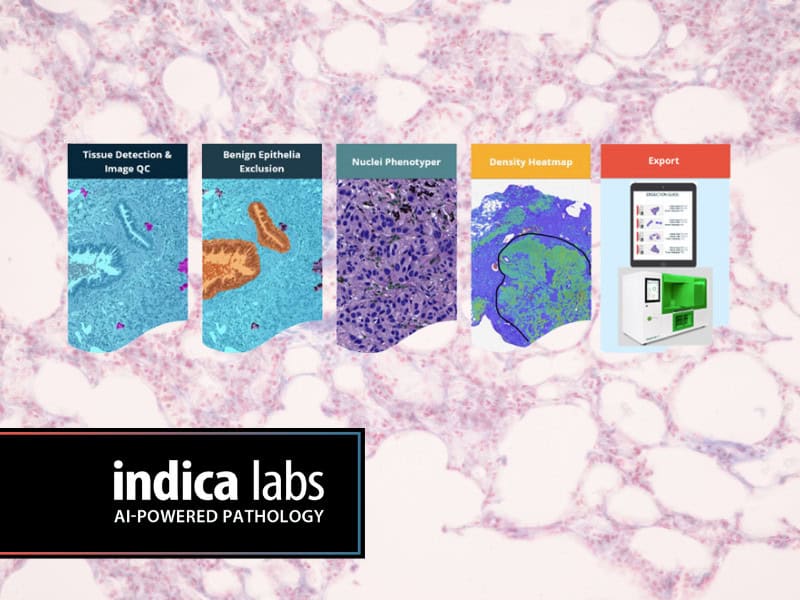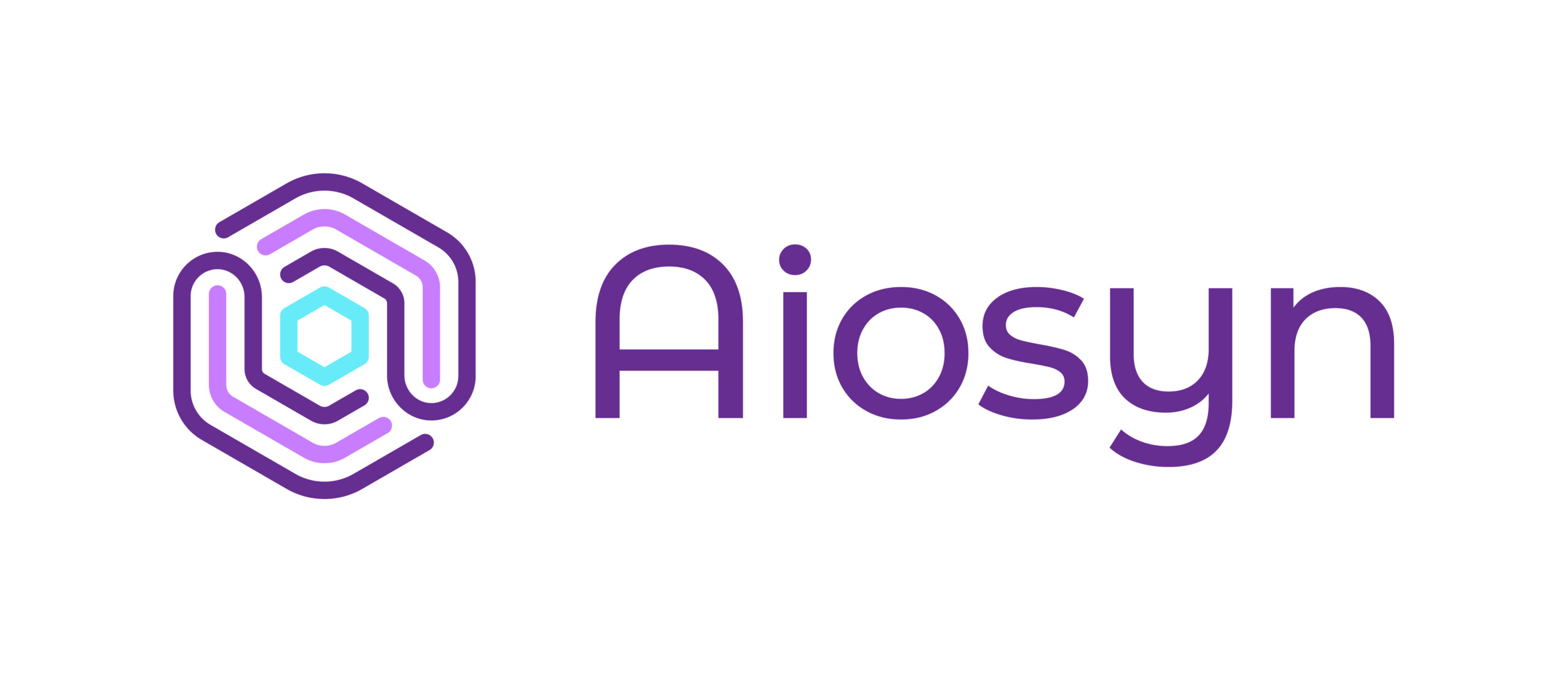Failure to concentrate specimens for tumor content can result in inaccurate results which can then have disastrous effects on patient care. In 2022, a study comparing undissected FFPE samples to macrodissected FFPE samples demonstrated that failure to concentrate tumor tissue for downstream analysis can lead to an alteration in findings. In the context of diffuse large B-cell lymphoma, macrodissection changed the subtype or translocation status call in 60% of samples examined3. With treatment decisions on the line, high-quality, concentrated tumor specimens are a prerequisite for reliable results.
While enriching specimens for tumor content is highly desirable, it is a time-consuming, extremely technical, and largely unaudited task at present. Currently, most laboratories utilize manual macrodissection to concentrate specimens for downstream analysis, a process that requires a pathologist to annotate the tumor present on H&E slides by hand using a pen and a light microscope. Technicians then use these pen annotations to manually remove the indicated area from unstained serial sections of the same paraffin block by visual alignment. This method is therefore highly error prone, and technicians must invest a large amount of time and have a high degree of skill to properly perform it. As it stands, the current manual method leads to a great deal of variability in results while consuming an excessive amount of staff time.
While more advanced options such as microdissection and laser capture microdissection exist, they can be prohibitively expensive, require even greater technical expertise to properly utilize, consume similarly significant amounts of time, and lead to loss of patient tissue if carried out incorrectly. As the field of pathology becomes increasingly digitized, opportunities for improving and standardizing the process of tissue macrodissection are being introduced. Scanning slides and generating whole slide images (WSIs) generates a “paper trail” and creates a new method of annotating tumor content present on slides.
HALO Macrodissection Solutions provide a standardized, auditable, accurate, and semi-automated method of slide macrodissection. HALO Macrodissection Solutions were created to address the existing problems with manual macrodissection as well as to provide pathologists with a semi-automated, fully auditable method of macrodissection. Each macrodissection algorithm is seamlessly deployed in the HALO AP® diagnostic digital pathology platform and utilizes several of its features to streamline the annotation and dissection process.
Lung Macrodissect AI automatically identifies the tumor present on WSIs and highlights these areas with an easy-to-read colorimetric heat map. Pathologists need only annotate the areas indicated by the heat map using the intuitive annotation tools in HALO AP to generate guidelines for the macrodissection process. These annotations are then automatically transferred to the downstream slide dissector and used to direct the collection of tissue from the slide. This ensures the accuracy of the sample collected and, if coupled with the Tissector Table Top automated tissue dissection solution from Xyall, the annotations are accurately dissected to within 100 µm. In a head-to-head study against manual macrodissection, the Tissector line from Xyall has been shown to yield similar quantities of genetic material (92.3 ng for Xyall vs 92.4 ng for manual methods) while also providing superior sample quality as demonstrated by decreased variability in DNA and RNA fragment size4.
The combined Tissector Table Top and Lung Macrodissect AI workflow also creates a documentation trail for each specimen. Pre- and post-dissection photos are taken, allowing pathologists to confirm the quality of the dissected samples going on to downstream sequencing. With Lung Macrodissect AI, technicians are freed to do other, more challenging work in the laboratory, pathologists can have confidence they’re receiving accurate results from their macrodissection process, and patients can have peace of mind that their treatment plan is being guided by the most accurate test results.
Lung Macrodissect AI will be available soon for current HALO AP users. To learn more, please contact info@indicalab.com.


































